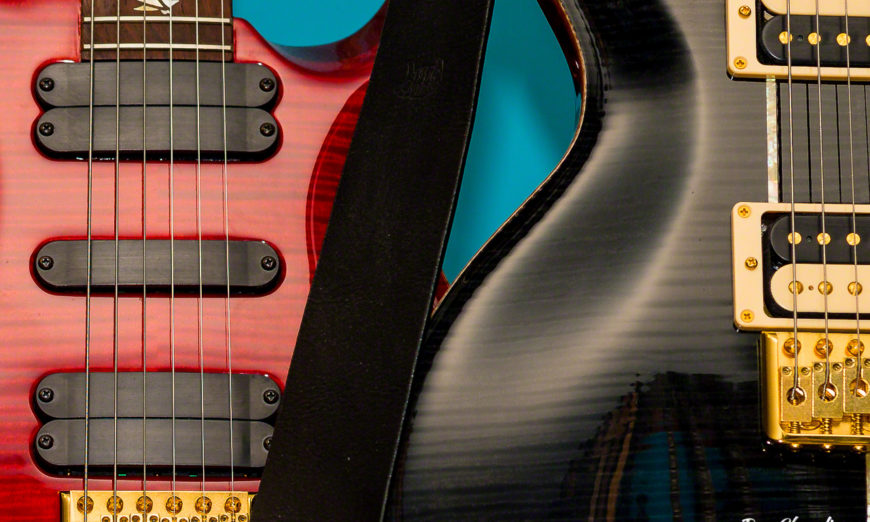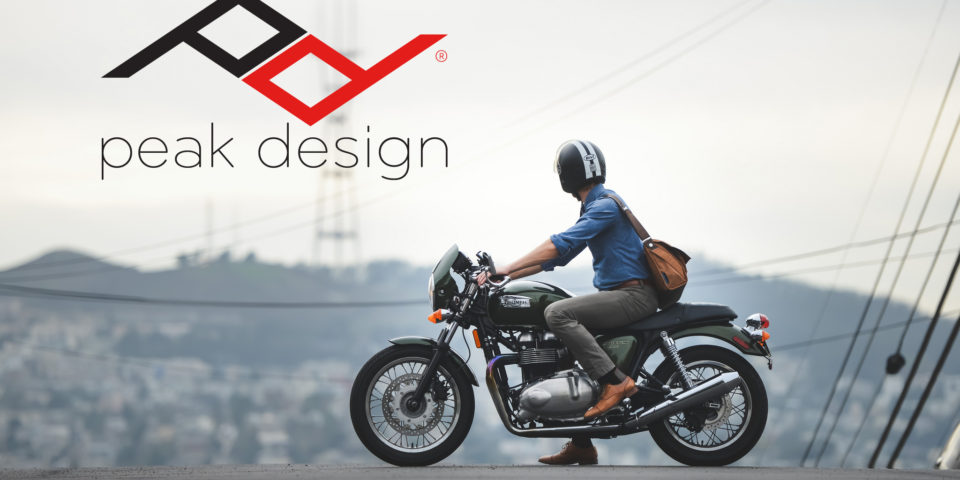When I was starting out, and early in my apprentice days, I gained an appreciation for the look and feel of short, fast telephoto lenses. As I gained experience, the use of longer telephotos for headshots became more commonplace where today, many pros

Figure 1 : Sigma 85mm at f/1.4 note the very shallow depth of field choice the focuses viewer attention
advocate a 70-200/2.8 for headshot work because it creates a nice perspective compression and allows you to step back from your subject. They work great but you lose something in the choice, and one of the first things that you lose is intimacy. A short telephoto requires you to be closer to your subject, not necessarily tightly in their space, but also not ten feet away.
Twenty five years ago, if you asked a working pro for their choice in a portrait lens, you would get 50% who said 100mm and 50% who said 85mm. Being a bit less outgoing, I chose the 100mm at that time and used it for years shooting weddings and corporate headshots. One of my mentors reminded me last year that an 85mm is a great choice because you get closer, and you foster a different relationship with your subject. He said that by choosing a fast 85mm you could work in crappy light, but still really capture the person and if an f/1.4 have the opportunity for razor thin depth of field that was tack sharp on eyes but would be a bit more forgiving on skin. Since I have a ton of respect for that fellow, I took him at his word and gave it a (re)try.
Recently as part of a series of fast prime reviews on my own site, I had the opportunity to work with a series of Sigma fast primes. I wrote about the 35/1.4 in my first prime article and I will use the 85/1.4 as supporting cast for this article.
So why an 85mm? Regular readers will know that I shoot almost entirely on full frame cameras and have never bought in to the marketing premise that a 50mm is a suitable portrait lens. It may be ok on a crop sensor, but on a full frame, unless you are shooting full body images it induces too much perspective exaggeration to suit me. An 85mm provides a narrower angle of view, but when you get close doesn’t stretch the nose or push the ears back as a 50mm will.
An 85mm is also small and lightweight, perhaps not as light as a 50mm or mid speed 28mm but small enough and light
enough that you can have it on you all day without fatigue and without an internal voice telling you to spend more time curling dumbbells with your support arm. The 85mm is a simple optical design. This means excellent sharpness center to edge and minimal vignetting in the lens. I don’t use UV or protective filters, but always use a lens hood to help prevent flare and glare across the front element.
A fast 85mm, such as the Sigma 85/1.4 or similar lenses from Nikon, Canon, Zeiss and others will have a large front element. The hood is critical here to manage flare and glare and also serves to provide a level of protection. I prefer the faster lenses myself, but if you will not be shooting wide open regularly at f/1.4 or f/1.2 you can save a lot of money and weight by choosing an f/1.8 or f/2.0 build. I prefer the faster lenses because I do shoot wide open and like the ability for more extensive control of depth of field.
I’ve written in other articles about the marketing of bokeh, the appearance of out of focus highlights. Builders of 85mm lenses, particularly optically fast 85mm lenses, all work to use a higher number of blades in their aperture designs. The greater the number of blades, the more round the exit pupil is and consequently the more round the out of focus highlights appear. If you really like that look, a faster lens will deliver it.
Unlike zoom lenses that include 85mm in their focal length range, the fixed 85mm will make you work harder. You will be zooming with your feet and as I have written and continue to teach, movement can make the difference between an ok image and a great one. When you as the photographer move around, you may find a better angle, a nicer shadow line, or simply pay more attention and deliver a nicer composition. Zooms are awesome, but they tend to make for lazy photographers.
You’ll also never get the same lens speed in a zoom and you will never get the control of depth of field that you will in a fast prime. If you find yourself in a situation regularly where you have to open wide just to get enough light for a shot, or you are constantly bumping the ISO because your use case forces you to work in less than optimal light, then a fast prime may be in your future.
As a lighting aficionado, I also appreciate that a faster lens needs less power from my flash and that means shorter recycle times. If you are shooting subjects of limited or zero attention span such as children and animals, you want to get as many expressions with as little delay as possible before your subject starts crying or simply gets up and walks away. If you are shooting a person with narrow depth of field and your lens pretty wide, your flash is recycling very fast and you don’t experience the hurry up and wait scenarios you find with slower lenses.
Take some time to think about your use cases. Does a fast 85mm fit your needs? If you think that one does, consider renting one for a weekend to put through its paces. That way you can try before buying and if it works out, you’ll know that the investment is worthwhile.
Until next time, peace.




